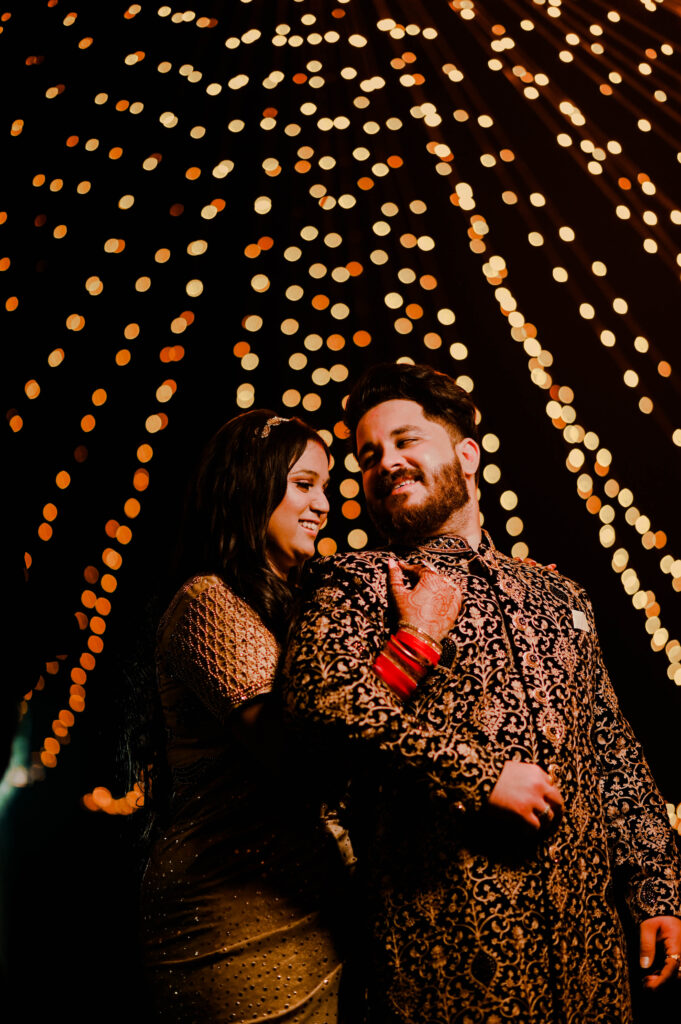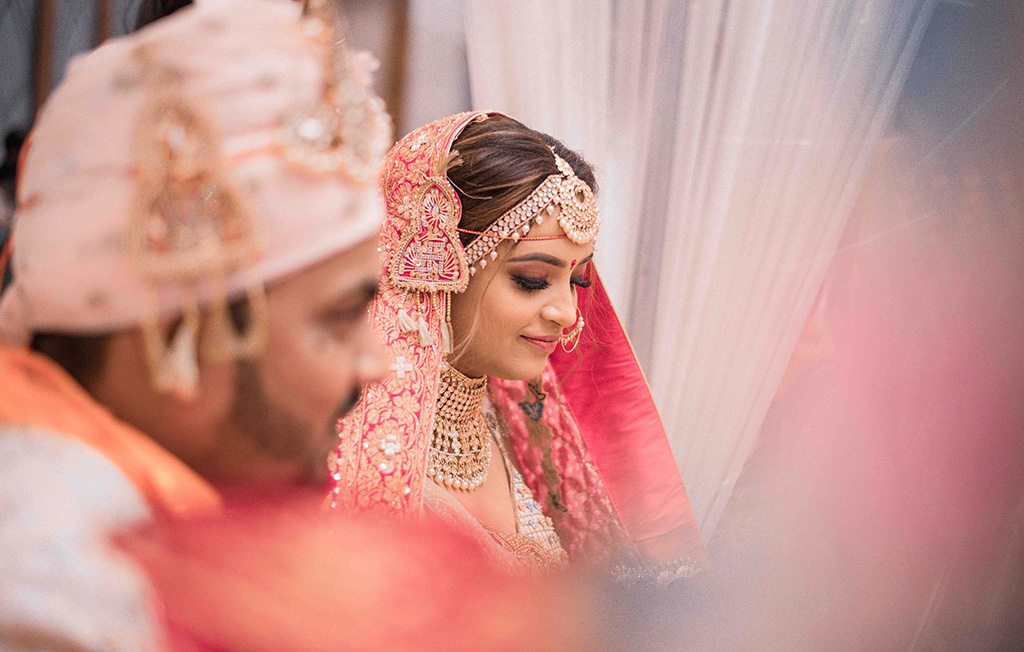wedding photography is one of the most captivating yet demanding genres in the photographic world. It involves not just taking pictures, but capturing memories that will last a lifetime for couples and their families. The role of a wedding photography goes beyond simply snapping a few photos; it’s about telling the emotional story of a couple’s special day. In this guide, we’ll explore both the best aspects (the “good” things) and the challenges (the “bad” things) involved in wedding photography.
1. Capturing Precious Memories
One of the most rewarding aspects of wedding photography is the ability to capture precious moments that will last a lifetime. Weddings are milestones in a couple’s life, and the photographs taken on that day serve as a tangible memory of the joy, emotion, and beauty that surrounded them. For couples, their wedding photos become heirlooms that they can cherish and pass down to future generations. The photographer’s ability to preserve these memories makes wedding photography one of the most emotionally rewarding careers in the photography field.

The moments captured are not just about the couple but also about the intimate moments between families, friends, and loved ones. The tears, smiles, and laughter during the ceremony and reception are encapsulated forever in the photographs. Every time a couple flips through their wedding album or sees their images displayed in their home, they are reminded of one of the happiest days of their lives.
2. Creative Expression and Artistic Freedom
wedding photography is a perfect blend of technical skills and creative expression. As a wedding photographer, you have the opportunity to create visually stunning, artistic images. You can experiment with lighting, composition, framing, and post-processing to make each shot unique and beautiful. Whether it’s capturing the emotional exchange of vows, a candid moment between the bride and her parents, or the first dance, every image presents a chance to be creative.
Photographers also have the flexibility to incorporate their style into the images, whether it’s a classic, traditional look, or something more contemporary or artistic. For example, some photographers may choose to use natural light and candid compositions, while others may favor posed, stylized shots that reflect high fashion. The diversity in approach allows wedding photographers to create a personalized visual style that can be distinctly recognized.
3. Building Deep Connections with Clients
wedding photography often develop meaningful relationships with their clients. The wedding day is an incredibly personal event, and the couple trusts the photographer to document such an intimate occasion. Many couples develop a bond with their photographer during the engagement session, which extends into the wedding day. The opportunity to be a part of this momentous occasion and build a trusting relationship with clients is incredibly fulfilling.
In some cases, wedding photography remain in touch with couples long after the wedding day, documenting other significant milestones such as pregnancy, family portraits, or the birth of children. These long-term relationships often result in continued business and referrals, further solidifying the emotional and professional satisfaction of the wedding photography.
4. Financial Rewards
For experienced wedding photography the financial rewards can be significant. Weddings are important and expensive events, and couples are willing to invest a substantial amount in their photographer to ensure they get the best possible images. Professional wedding photographers can command high rates, particularly if they are well-known or have built a reputation for excellence in their work.
In addition to the primary wedding day photography, photographers can offer other services that add to their income. This includes engagement sessions, custom albums, photo prints, and even destination weddings, which come with higher price tags. The wedding photography industry is lucrative, and successful photographers can build a profitable business around their passion for capturing weddings.

5. Variety in Work
wedding photography provides a dynamic and varied work environment. No two weddings are the same, and each wedding offers something new. The photographer may shoot weddings in different venues, ranging from elegant ballrooms to rustic barns, beaches, churches, or even destination weddings abroad. Each wedding presents a new opportunity to work with different people, traditions, and styles, keeping the work interesting and challenging.
The variety of weddings means that photographers are constantly adapting and learning new skills. Whether it’s working with new lighting techniques, dealing with unexpected weather conditions, or creating unique compositions, wedding photographers are always refining their craft. This diversity ensures that the work never becomes monotonous and that each event is fresh and exciting.
6. Networking Opportunities
wedding photography have the unique opportunity to network with other vendors in the wedding industry. They often work closely with wedding planners, florists, videographers, DJs, and other suppliers. Building relationships with these professionals can lead to valuable referrals, collaborations, and new business opportunities.
Networking with other vendors is especially important for wedding photography just starting out. Recommendations from trusted professionals in the industry can be a significant source of business. Additionally, attending industry events or bridal shows provides photographers with the chance to connect with potential clients, building their brand and client base.
The Challenges of wedding photography: The Tougher Side
1. High Pressure and Stress
wedding photography is inherently stressful. There is immense pressure to deliver flawless photos, as weddings are once-in-a-lifetime events. Every moment is crucial, and the photographer has to ensure that all the key moments—the vows, first kiss, cake cutting, and first dance—are captured without any mistakes. Missing even a single important shot can disappoint the couple and their families.
Additionally, the fast-paced nature of weddings means that photographers must be constantly alert and on their toes, anticipating moments before they happen. Weddings rarely go according to a strict timeline, so photographers must be flexible and adaptable, often working in high-stress environments. They also have to remain calm and composed, even when things don’t go as planned, such as if the couple runs late or the lighting is less than ideal.
2. Long Hours and Exhaustion
wedding photography often work long hours, starting early in the day and continuing well into the night. A wedding day can last anywhere from 8 to 12 hours, sometimes longer if the photographer is tasked with covering pre-wedding events, such as rehearsal dinners or bridal showers. This means that photographers are on their feet for long periods, constantly moving around to capture various angles and moments.
After the event, the work doesn’t stop. Post-processing and editing the thousands of images taken during the wedding day can take days or even weeks, depending on the size of the wedding and the photographer’s workflow. The combination of long hours on the wedding day and the extensive editing process afterward can lead to physical and mental exhaustion for wedding photography.
3. Unpredictability and Unexpected Issues
Weddings are unpredictable events. No matter how much preparation goes into the shoot, there are always variables that can affect the outcome. Weather can be a significant issue, especially for outdoor weddings. Rain, extreme heat, or unexpected lighting conditions can create challenges that require quick thinking and problem-solving skills.
Additionally, weddings can involve large groups of people, some of whom may not cooperate with the photographer. Family dynamics, tensions, or disorganized schedules can complicate the photographer’s job. In these moments, photographers must remain diplomatic and work around these challenges to deliver the best possible images.
4. Dealing with Difficult Clients
wedding photography often face demanding clients, and managing client expectations can be one of the most difficult aspects of the job. Some couples may have specific ideas or visions for their photos, which can be challenging to fulfill if those expectations are unrealistic. Additionally, dealing with the emotions and nerves of clients on their big day can be overwhelming for photographers who are trying to remain professional while also capturing beautiful images.
Sometimes, clients may ask for additional edits or requests after the wedding, which can add to the photographer’s workload. Misunderstandings about pricing, the timeline for delivery, or photo usage rights can also create tension between the photographer and the couple. Managing these expectations and maintaining a positive client relationship can be challenging, especially for new photographers.
5. Competition and Market Saturation
wedding photography is a highly competitive field, especially in popular markets. As more photographers enter the market, it becomes increasingly difficult to stand out. New photographers often struggle to find clients and build a solid portfolio, while established photographers have to compete with others offering similar services.
Moreover, many couples today are budget-conscious, which leads them to seek out cheaper alternatives or DIY photography solutions. With the rise of smartphone cameras and readily available editing apps, some couples may feel that they can manage without hiring a professional photographer. This saturation in the market can make it difficult for photographers to establish a successful business without extensive marketing efforts, word-of-mouth referrals, or a unique selling point.
6. Physical and Emotional Demands
wedding photography is physically demanding, with photographers often required to carry heavy equipment, such as cameras, lenses, lighting equipment, and tripods. Being on their feet for hours, moving quickly between different locations, and handling unpredictable weather conditions can take a toll on a photographer’s body.
Emotionally, wedding photography can also be challenging. Photographers are expected to be emotionally present while also maintaining a professional distance. They witness deeply personal and emotional moments, from the couple’s vows to the parents’ reactions. The emotional weight of these moments can sometimes be overwhelming, particularly for photographers who are highly empathetic.

Conclusion
wedding photography is an incredibly rewarding yet demanding profession. The ability to capture beautiful, timeless moments that will be cherished for generations is an emotional and creative triumph. The financial rewards, variety, and opportunity for creative expression make wedding photography an appealing career for many.
However, the challenges are significant. The high pressure, long hours, and unpredictability of the job can lead to stress and exhaustion. The need to manage client expectations, deal with difficult situations, and compete in a crowded market can also make wedding photography a challenging field to navigate.
Ultimately, those who thrive in wedding photography are those who have a passion for storytelling, a love of creative expression, and the resilience to handle the physical, emotional, and professional challenges the job entails. For those who can balance the rewards with the challenges, wedding photography is one of the most fulfilling careers in the photography industry.














